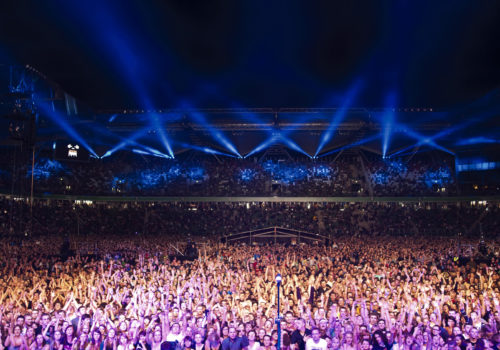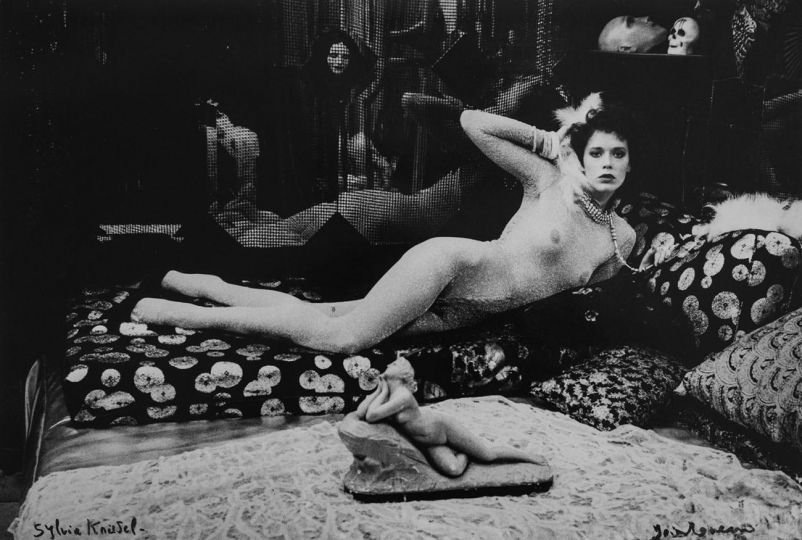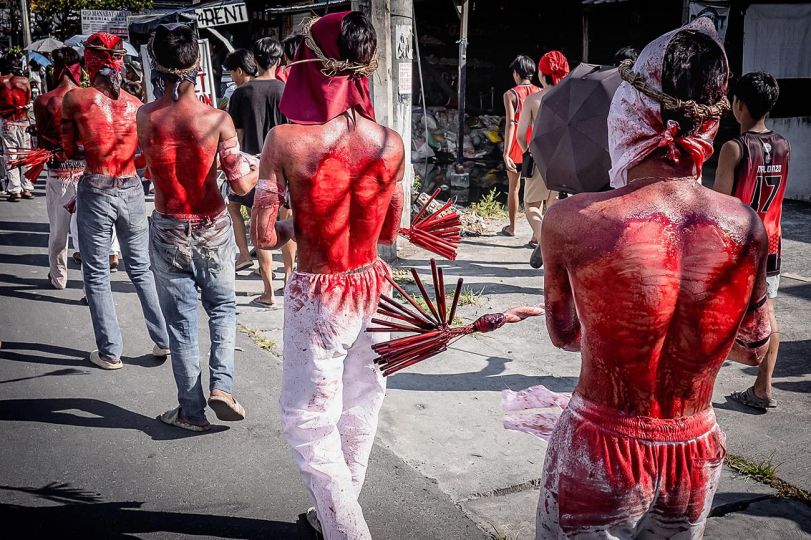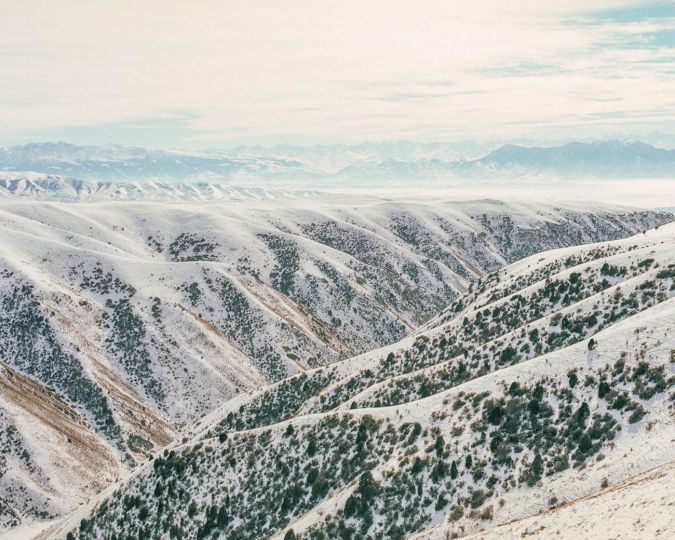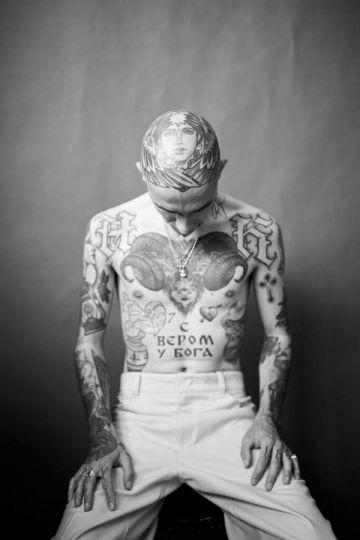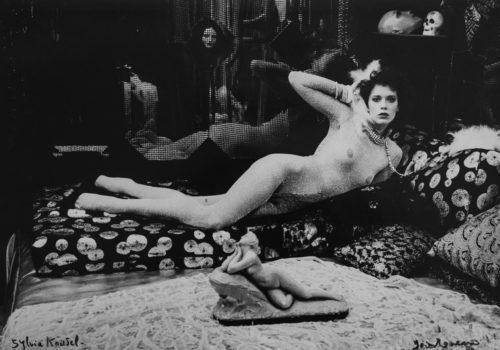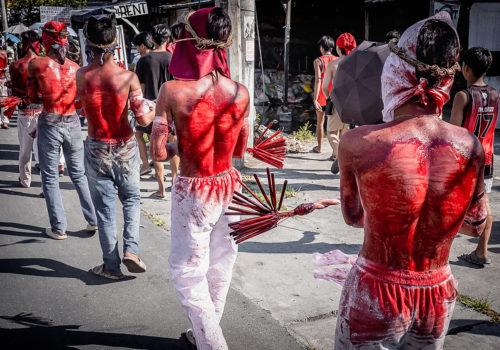“When I play music, I’m just exclusively focused on the music. When I’m taking photographs, I’m exclusively focusing on that. There’s not a lot of interdisciplinary stuff going on in my head.”– Moby
Moby, best known for his multi-platinum electronic music – selling more than twenty million records and performing over three thousand concerts worldwide since the late ’80’s – gives a view into his unique and sometimes isolated world of concert touring through his photography.
September 10, Moby will be exhibiting never seen before photographs at the Kopeikin Gallery in Los Angeles, California. I recently spoke with him about this upcoming exhibition:
EA: How is the work in your upcoming exhibition at the Kopeikin Gallery different than what was shown this past year?
Moby: I put out a book of photographs in May called “Destroyed” and I had a lot of European Gallery shows this summer primarily focused on the photographs from the book, whereas the show at Paul Kopeikin’s Gallery is all new images that I’ve shot in the last six months – none are in the book and the prints are quite a lot bigger. The prints I was showing in Europe were generally around 18 x 20 inches. The prints that we’ll have at Paul Kopeikin’s are more in the realm of 3 feet x 5 feet.
EA: Is this the first year you’ve exhibited your photographs?
Moby: It is. I’ve been a photographer since I was ten years old. My uncle had been a photographer at the New York Times and as I was growing up he gave me his hand-me-down sort of cast-off camera’s and dark room equipment. I grew up shooting film and working in darkrooms.
When I went on to University, I was a Philosophy major with a Photography minor, and although I’ve been doing photography since I was 10 years old, I’ve never really felt comfortable showing it to anyone. It’s only in the last couple of years that I got past my reservations or shyness in showing people my photographs.
I think I was intimidated to show people my photographs because my uncle was such a good photographer. I felt like no matter what I did as a photographer, I would never be as good or as accomplished as he was.
EA: Did that influence your not highlighting Photography as your first career?
Moby: Possibly. No one in my family was a musician. My mother was a painter, my uncle was a photographer, my other uncle was a sculptor and I grew up loving music. I felt like it was the one creative disciple that no one else in my family had worked on.
EA: How did it feel to see your work hanging in a gallery for the first time?
Moby: I have a tendency to be very self-critical, so I walked in and immediately wished that I could have reprinted all the images, and that I could have reframed them, and re-matted them. Unfortunately when I listen to records that I’ve made, usually I think if I’d worked harder, I could have done a better job on them. That same ethos applies to the gallery shows I’ve had. I’ve walked in and rather than give myself credit or pat myself on the back, I thought about how I probably could have done it better.
I guess when I realized that people were actually responding positively to the work, I was able to put my anxiety on hold and take a step back and give myself just the tiniest bit of credit that maybe I actually, after thirty-five years of taking pictures, can qualify myself as a photographer.
EA: How do you shoot the images? Are you playing and photographing simultaneously?
Moby: Two different ways. Sometimes in the middle of a concert I’ll actually stop the show and break out my camera and take pictures-so it’s quite formal. And then other times at the very end of the show, when we’re finishing the encore and people are hopefully going crazy at the very end, I’ll take out my camera and start taking pictures. At first I felt sort of guilty using an audience as my subject matter, I felt that the audience would respond poorly to having their picture taken, but the exact opposite has been true. And what I’ve found, people in the audience tend to get really excited when I’m on stage and taking their photographs.
EA: Your images capture the magnetic energy that’s in the air at your concerts. You’re receiving what we are seeing in your photographs – and what we are seeing, very few people in life experience.
Moby: The reason I love taking pictures of crowds is because documenting these ecstatic experiences and the way on the one hand people are having like this celebratory rapturous experience, but it also looks sort of like they are in pain. So it’s joyful and ecstatic, but sort of disconcerting and pained, as well. I think I really love the strange ambiguity of documenting for an ecstatic crowd.
EA: What does it feel like to actually have all of that energy directed at you?
Moby: The only word I can come up with is disconcerting. It’s great, but I never expected to have a career as a musician. I thought I would spend my life teaching community college and making music in my spare time, so after all these years of making records, it’s still strange and disconcerting to stand on stage and have people respond to me and the music I’ve made.
EA: Your parents nicknamed you “Moby” after your family’s ancestral relationship to Moby Dick author, Herman Melville. As you are both writers, have you felt a connection or been inspired or influenced by his work?
Moby: That’s a really interesting question. The one thing, if I’m being completely honest, the one connection that I feel, and it’s not even necessarily a good one, is on that side of the family, my fathers side of the family, the men have a tendency to be very prone to depression and prone to brooding and taking themselves too seriously. For better or worse, I think I’ve inherited that. I’d love to feel more of a creative connection with Melville, and maybe it’s there, but I definitely more see the brooding New England melancholy, which is strange because I live in southern California now.
EA: Is living in sunny southern California an antidote?
Moby: Strangely enough it almost creates more like cognitive dissonance – when you’re feeling melancholy and brooding and it’s a beautiful sunny day and people are walking by.
EA: How did your book come about?
Moby: I wanted to create a strange artifact that was a document of my experience on tour. There have been so many books made of musicians on tour and usually they show a very glamorous degenerate side, like back stage parties and crazy things happening on stage. I wanted to show the quieter, stranger, more alien aspects of touring. I wanted the book to be quite a neutral artifact in that way.
EA: Did you work on the book yourself or work with a designer on sequencing?
I almost wanted it to be under-designed. I wanted the images to sit very simply on a plain white background. I worked with a designer who laid it out. As far as the sequence, the editing, the photography – I’m an autodidact, so I pretty much did everything by myself.
EA: Did the title “Destroyed” come before the book or because of the book? I guess I should back up and ask, what came first, the music or the images?
Moby: The image that’s on the cover of both the book and the album is a photograph I took in LaGuardia Airport and it was a sign that said “Unattended Luggage Will Be Destroyed”- a very small sign that would only fit one word at a time. So I stood in this hallway taking photographs of this sign every time it flashed this word “Destroyed”.
It seemed like such a stark and strange image that when I got home and looked at it, I decided that would be the cover for the book and the album and also the title. Because a lot of the music on the album, and the images as well, are the product of insomnia and exhaustion and so the word “Destroyed” just summed up that feeling of living in these strange alien environments and trying to make sense of them through music and photography.
EA: Are the images in the Kopeikin show from any particular countries you were in?
Moby: The upcoming show is all crowd photographs. Ideally what I wanted in the show was only see crowds – decontextualized crowds – and one of the things I love about crowds is I don’t really want to think too much about where the crowds are. I like removing any cultural context or geographic context and just showing people. Most of the crowd pictures were taken in Europe and the Middle East, but I’m hoping that someone who sees the show would just see masses of people and not think too much about where they are.
I’m going to give them titles, which potentially is a big mistake, but the titles will be very ambiguous. To some extent titling art can be like gilding the lily, or sometimes the artist trying to editorialize too much, but I figure I’ll give them titles and I’m sure that the titles will be absurd and pretentious.
EA: I read that you’ve experimented with ‘Liquid Light’ (a gelatin-silver photo emulsion)?
Moby: Oh I loved it. When I went to Suny Purchase, the State University of New York at Purchase, they had an amazing darkroom and amazing photo program. With a couple of other friends of mine who were in the Fine Arts Program there, we read about ‘Liquid Light’ and the idea of covering canvas with emulsion and so we experimented with it.
At first it was really frustrating because the images were really splotchy. But once you sort of accept that the photographs are really imperfect, there is a painterly beauty to them where you can see the canvas and you can actually see the streaks of emulsion. I love it. You can print the photographs quite large. It’s one of the things at some one point I’d really like to go back and do more of.
I love photography, but it has become a lot less material based. When I was growing up photography was very much about the chemicals, and the paper and the film and now it’s very much about zeros and ones on a chip…that’s fine, I’m not criticizing that, but I’d love to go back and do something with photography that is more tactile and materials based. ‘Liquid Light’ is perfect for that.
–Elizabeth Avedon
September 10 – October 22, 2011
Kopeikin Gallery, Los Angeles, California

